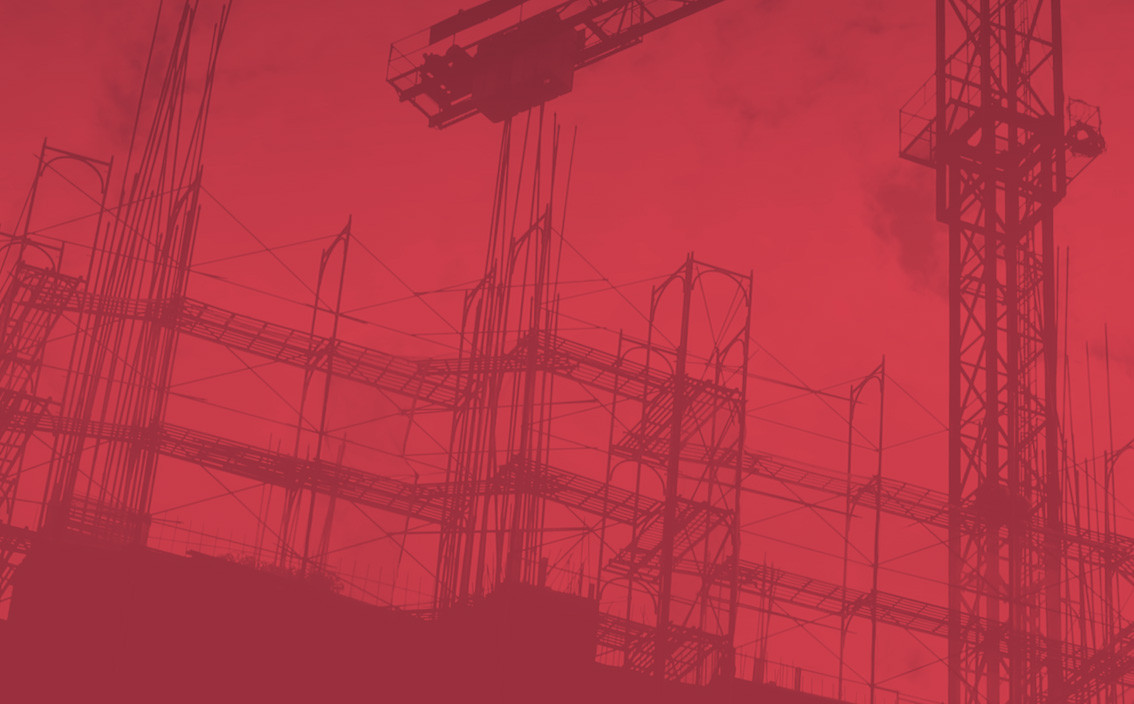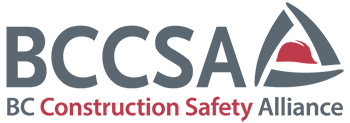

Funded by industry and working for industry, the BCCSA is a not-for-profit organization serving construction sector 72, plus Aggregate CU 704008, and Ready-Mixed CU 712033. We provide 52,000 employers with the best in safety programs, safety training, consultation services and resources to help them improve safety for more than 220,000 workers in BC.